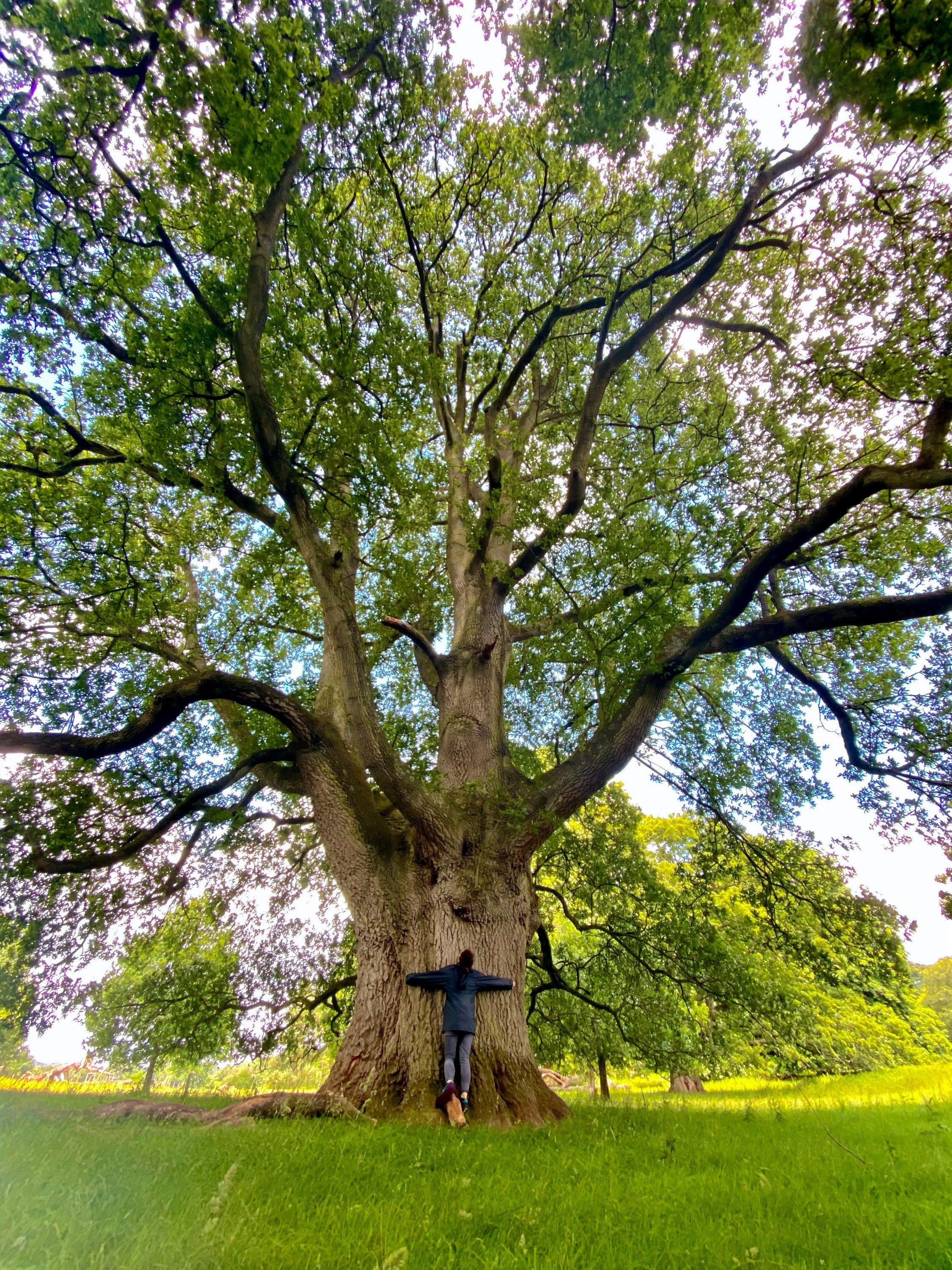
Tree Condition and Risk Assessment
We provide honest, risk-tolerant advice for tree management on any scale.
As we do not offer tree surgery works, our advice is impartial.
Our job, your responsibility
The Occupiers Liability Act 1984 requires tree owners to ensure their trees are in a safe and stable condition, including the effects of root activity.
1. Industry best practice
Our tree safety and hazard assessments based on industry standards of the Arboricultural Association, Department of Communities and Local Government, industry literature, QTRA.
Our methodology follows the Visual Tree Assessment Method (Mattheck & Breloer 1994).
Our reports provide clear, concise evaluation of risks with recommendations for mitigation of tree hazards.
2. Bespoke
We will discuss your reason for needing a survey and recommend a suitable approach.
We draw on 15 years experience in the industry, suitable qualifications, and specific training in Quantified Tree Risk Assessment (QTRA).
3. From the ground up
Full visual inspections assess:
Species, height, canopy spread
Growth habit
Tree work recommendations
Identify pests or diseases
Environmental e.g. weather, soil, recent changes to site etc.
Risk probability and tree work timescales
4. Further surveys
Depending on the needs and desires of the client, further surveys may be recommended:
Internal decay detection
Soil, root samples
Pull-tests
Soil excavations
Our Process
-

Discuss
Send a quick email or call us. We'll happily provide a no-obligation quote.
-

Quote
If you're happy with the quote, reply and we’ll get started.
-

Site Visit
Once we receive the information, we'll schedule a site visit and get started.
-

Deliver
We’ll discuss findings, review constraints and opportunities, finalise and issue the report.
Request a Service
Leave your contact details and we will contact you shortly
Industry best practice
The best-practice approach
At All Silva, our tree safety and hazard assessments adhere to the highest industry standards. We align our practices with guidelines from the Arboricultural Association, the Department of Communities and Local Government, and leverage insights from comprehensive industry literature. Our assessments incorporate the Quantitative Tree Risk Assessment (QTRA) methodology for a scientific approach to risk evaluation.
Our methodology is grounded in the Visual Tree Assessment (VTA) Method by Mattheck & Breloer (1994), ensuring a thorough initial inspection. This best practice approach allows us to identify and assess potential hazards efficiently. Our reports deliver clear, concise evaluations of risks, accompanied by actionable recommendations for mitigating tree hazards. By following these established protocols, we ensure our tree condition surveys are not only compliant but also reflect the pinnacle of arboricultural expertise and safety standards.
2. Bespoke
What are you looking for?
At All Silva, understanding your specific needs for a tree survey is our starting point. We engage in detailed discussions to tailor our approach to your unique situation, ensuring the survey serves your objectives, whether for development, safety, or preservation. With 15 years of industry experience, suitable qualifications, and specialized training in Quantified Tree Risk Assessment (QTRA), we are equipped to offer customized solutions. Our bespoke service means we don't apply a one-size-fits-all method but rather design our survey methodologies to align perfectly with your project's scope and requirements. This personalized approach guarantees that you receive not just a survey, but a strategic arboricultural plan that addresses your exact needs.
3. From the ground up
What the survey covers?
Species, height, and canopy spread: We document these details to understand the tree's profile and spatial impact.
Growth habit: Analysing how the tree grows helps predict future development and potential issues.
Tree work recommendations: Based on our findings and your goals, we suggest necessary arboricultural works like pruning or removal.
Identify pests or diseases: We look for signs of health threats, offering early intervention strategies.
Environmental considerations: We assess factors like weather, soil quality, and recent site changes that might affect tree health or require management adjustments.
Risk probability and tree work timescales: We evaluate the likelihood of tree-related risks and prioritize tree works accordingly, providing timelines for action to ensure safety and compliance.
This comprehensive, ground-level analysis ensures our recommendations are both practical and protective of both the trees and your property.
4. Further surveys
Subsequent surveys could include…
Understanding that each project has unique requirements, at All Silva we can recommend further surveys tailored to your specific needs:
Internal Decay Detection: Using advanced techniques like sonic tomography or resistograph testing, we can assess the internal health of trees, pinpointing decay or structural weaknesses not visible from the outside.
Soil and Root Samples: By analysing soil and root samples, we gain insights into the tree's health, soil conditions, and potential nutrient deficiencies or toxicities affecting tree vigour.
Pull-Tests: These tests are crucial for evaluating the stability of trees, especially in areas prone to high winds or where soil stability is questionable, helping us determine if additional support or safety measures are needed.
Soil Excavations: Sometimes, we need to dig to inspect root systems more closely, assessing root health, spread, and potential conflicts with proposed construction or infrastructure.
Air Spade Investigations: Utilizing an air spade allows for non-invasive exploration of the root system, minimizing damage while revealing the condition and extent of roots beneath the surface. This technique is ideal for assessing root health, identifying root issues, or planning around root zones during development.
These specialized surveys ensure that your arboricultural management plan is not only comprehensive but also precisely aligned with your project's objectives, safeguarding both the trees and your investment.

